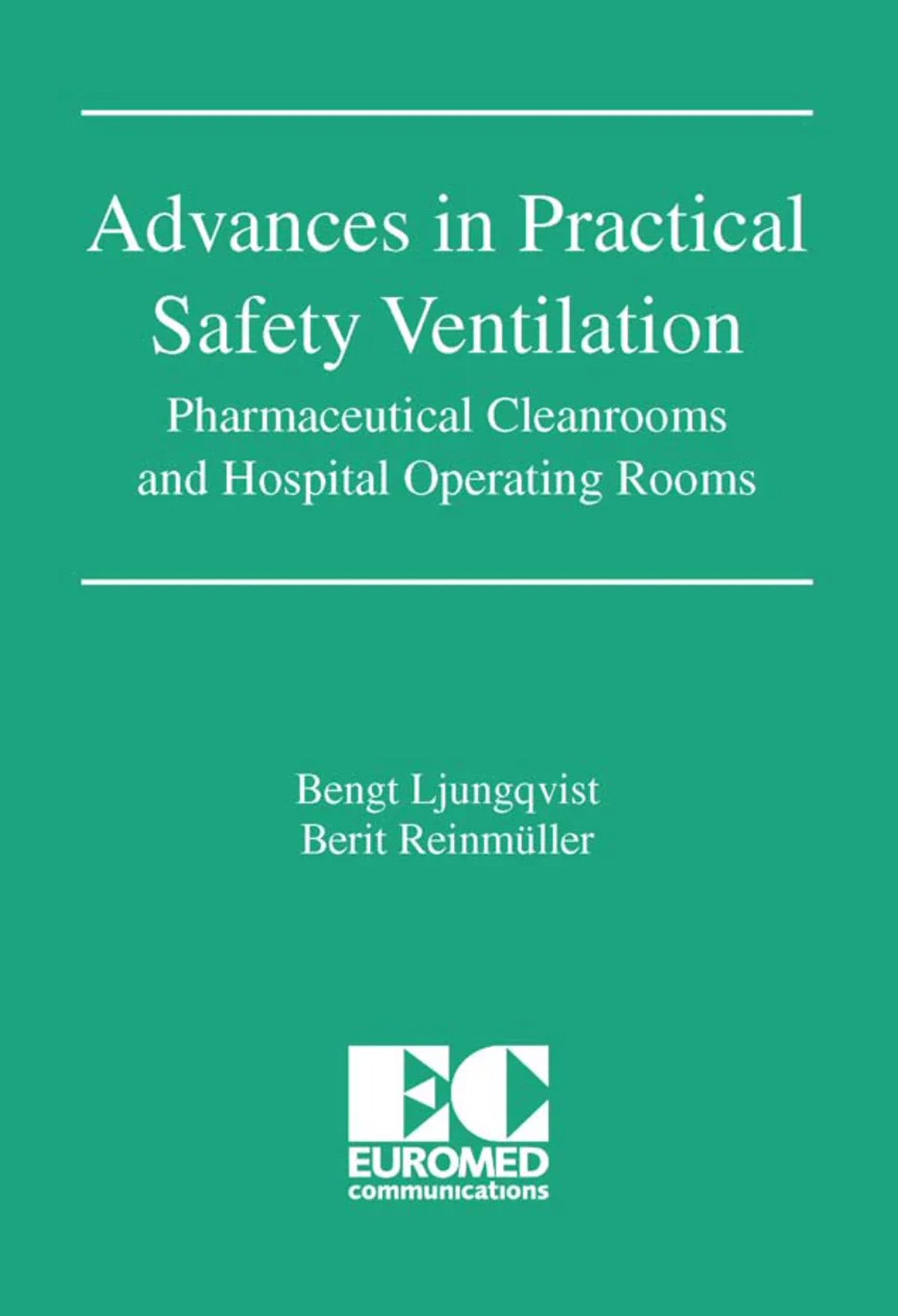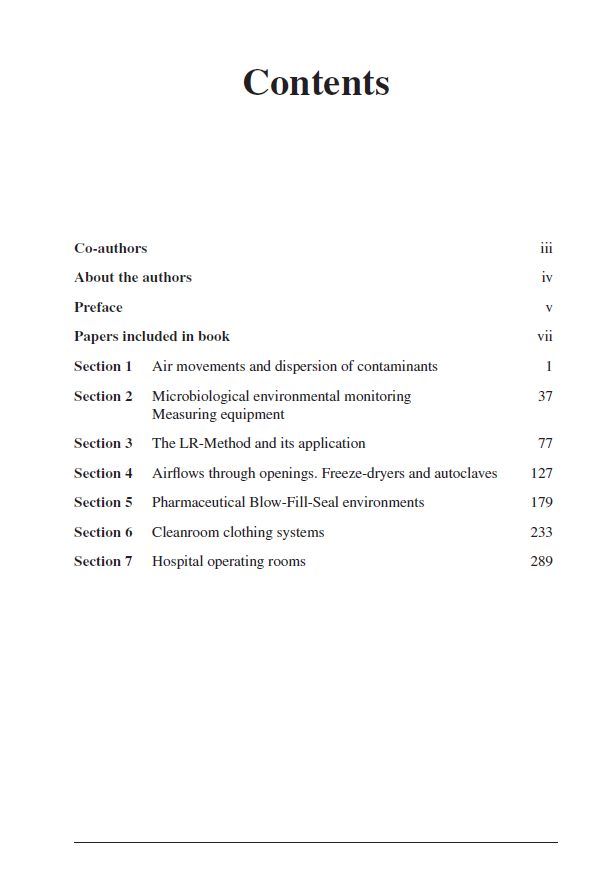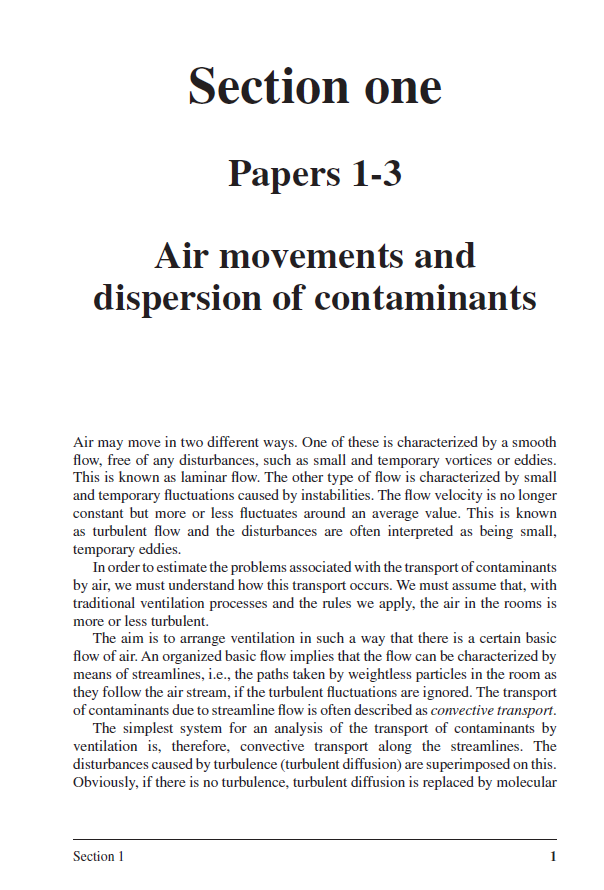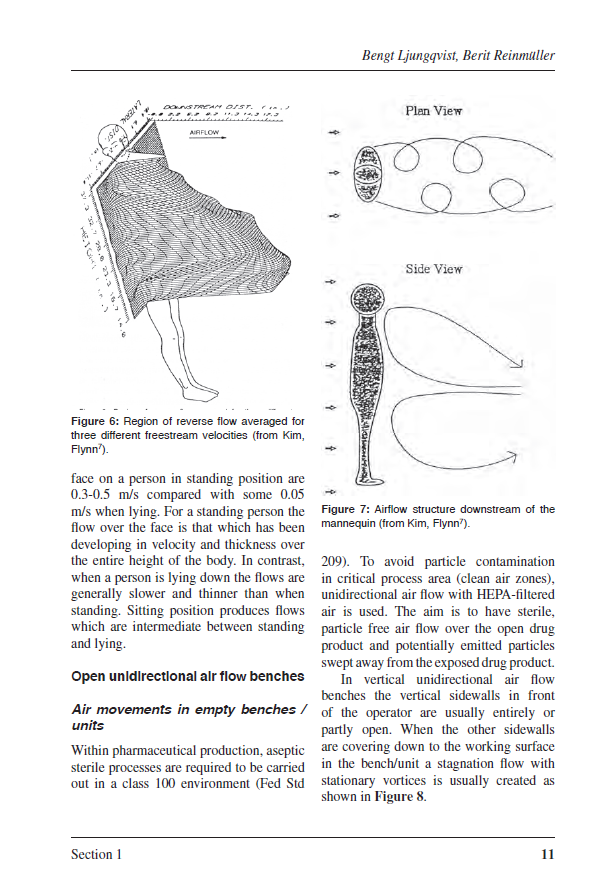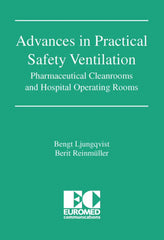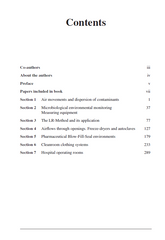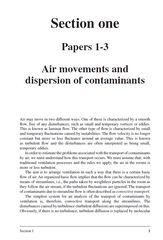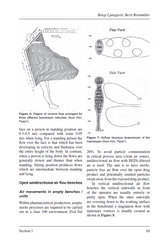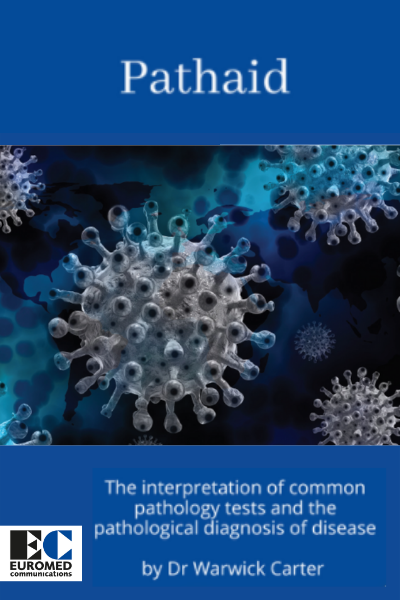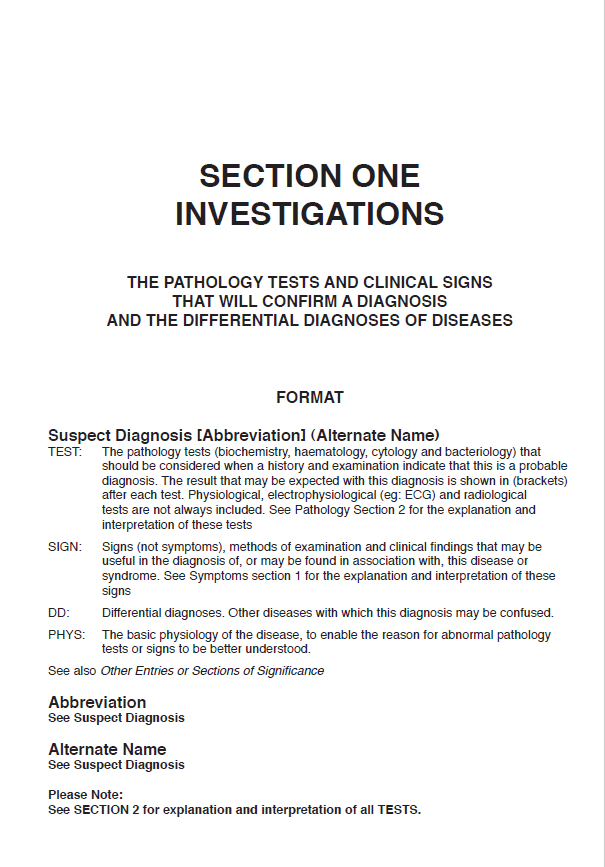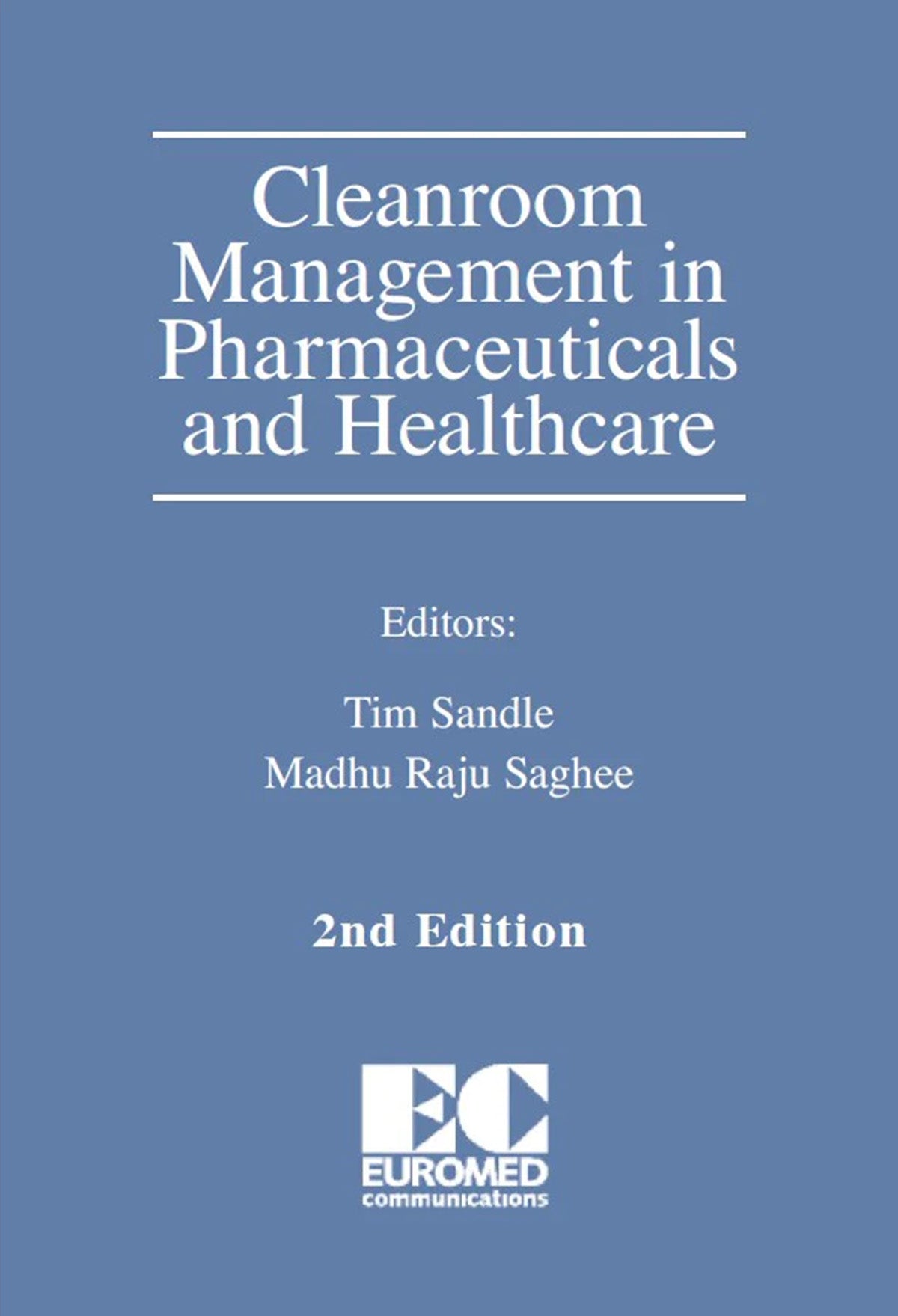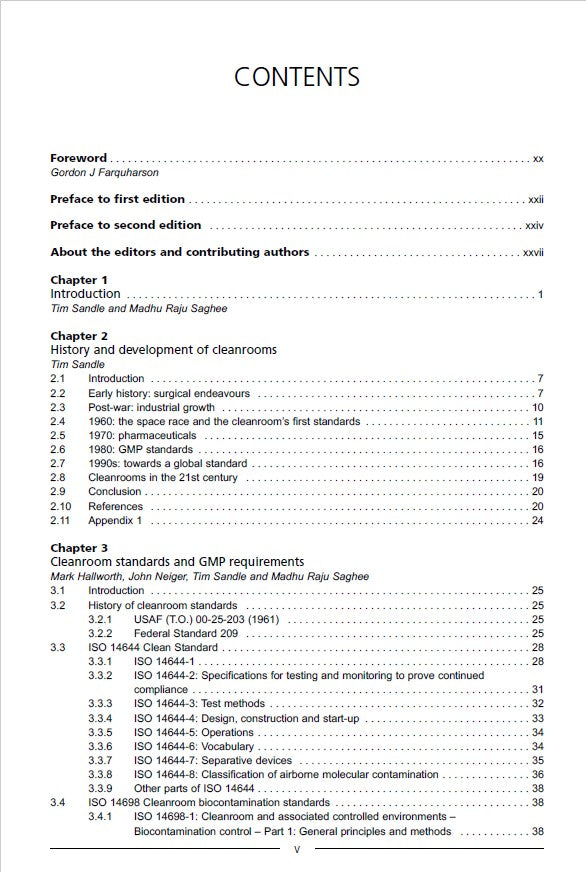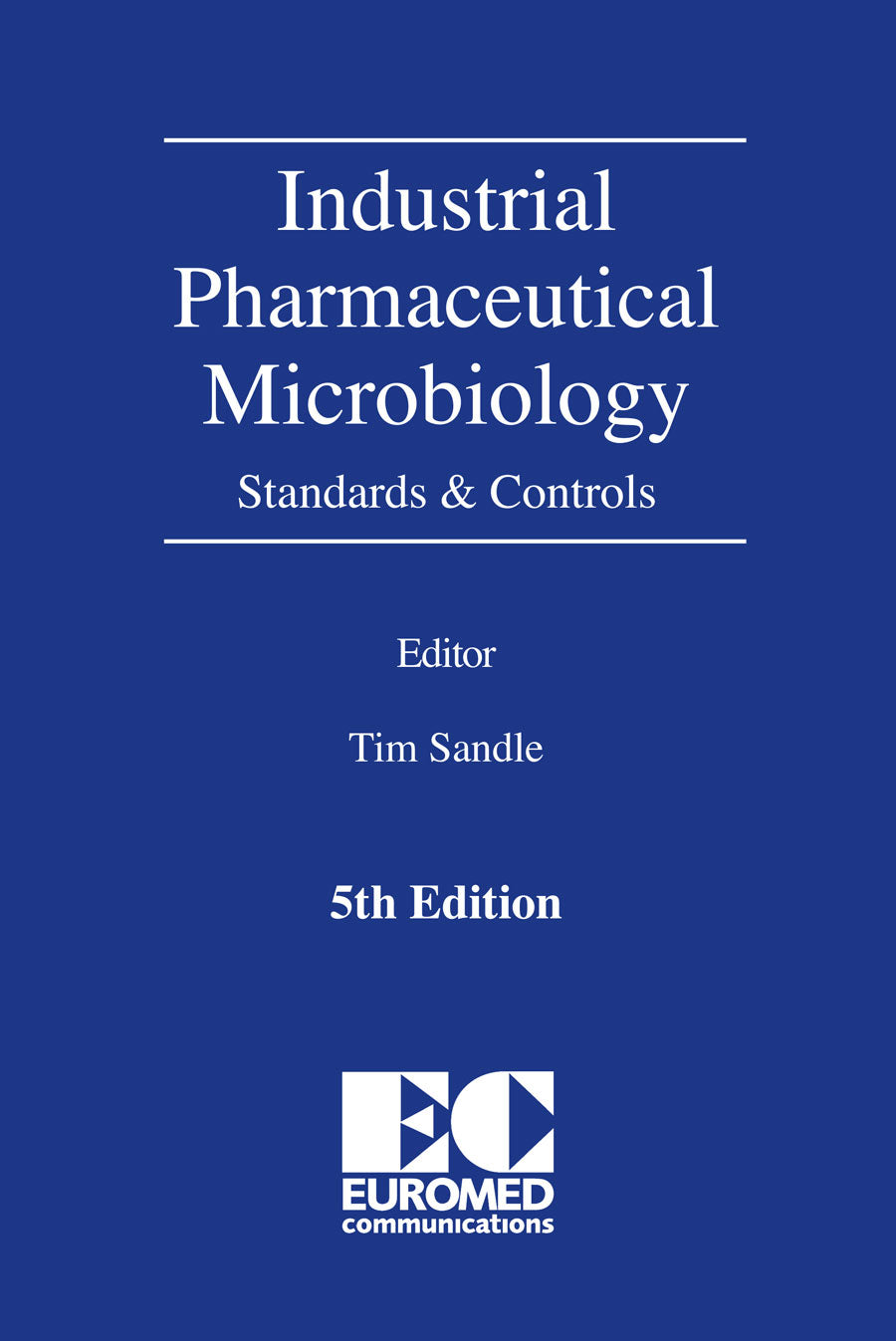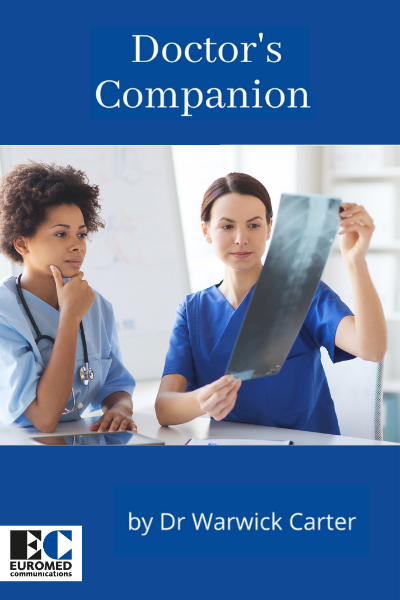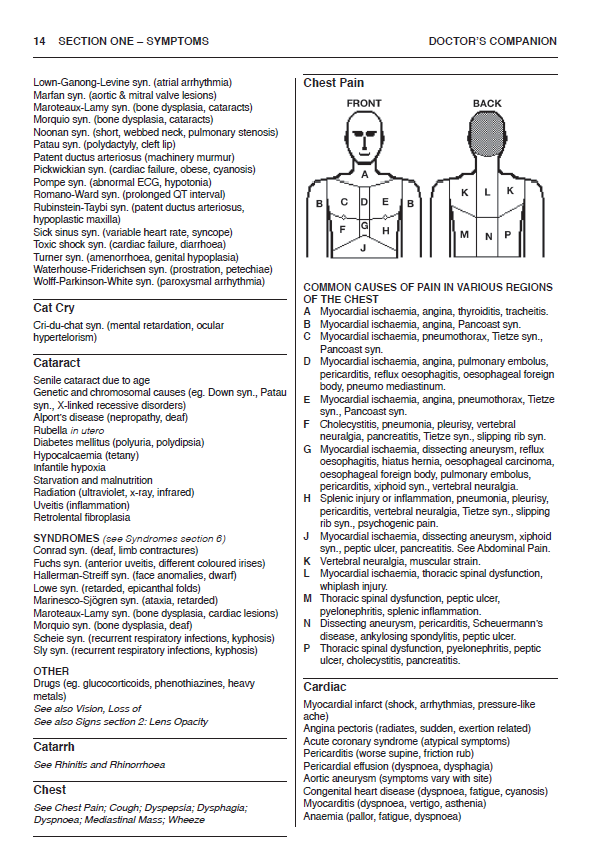Advances in Practical Safety Ventilation - Pharmaceutical Cleanrooms and Hospital Operating Rooms
by Bengt Ljungqvist and Berit Reinmüller
This book is based on the authors’ work that has been published over the last three decades to advance the knowledge of Safety Ventilation and airborne contaminants in clean and controlled environments.
Safety Ventilation is defined as the interaction between air movements and the dispersion of airborne contaminants in industrial environments and the contamination control of these environments. Safety Ventilation regards both human safety and product safety cleanliness.
This book is a collection of scientific peer-reviewed papers written by Bengt Ljungqvist and Berit Reinmüller and their co-authors and limited to airborne contamination control in pharmaceutical cleanrooms and hospital operating rooms. All the papers have been published in the PDA Journal of Pharmaceutical Science and Technology or the European Journal of Parenteral and Pharmaceutical Sciences. The papers are reprinted with kind permission from the Parenteral Drug Association (PDA), USA, and the Pharmaceutical and Healthcare Sciences Society (PHSS), UK.
The book is designed as a text for educational purposes and as a reference for practical applications. The papers have been grouped together in seven sections which can be read independently.
Topics included are:
- Air movements and dispersion of contaminants
- Microbiological environmental monitoring and monitoring equipment
- The LR-method and its application
- Airflow through openings. Freeze-dryers and autoclaves
- Pharmaceutical Blow-Fill-Seal environments
- Cleanroom clothing systems
- Hospital operating rooms
Reviews
The book offers a rich treasury of advice for anyone who works within pharmaceuticals or healthcare and who is seeking advice in relation to strengthening contamination control. Across 374 pages there is detailed guidance on all aspects of cleanroom airflow patterns, the mechanics of airflow, and how microbial contamination is carried within the airstream…. The book is carefully divided into different sections and the chapters therein balance scientific theory with practical application.… interactions between different clean zones; addressing particle control when using weighing stations; rapid
microbiological methods; isolator operations; safety cabinets; the challenges posed by freeze-dryers and
autoclaves that open into cleanrooms; the particle complexities of blow-fillseal; cleanroom clothing (which needs to be considered as a continuous filtration system); the risks posed by people as shedders of microbial carrying particles; and with the patient protection aspects of the hospital operating room.
These subjects are examined in great detail across 36 chapters.
CACR, Issue 44, 2020, No 4
Anyone with an interest in ventilation issues will have a great opportunity to learn and understand much more about different applications of safety ventilation after reading this anthology…. Each paper is richly illustrated with graphs, equations and pictures which gives the reader a broader understanding of the topics and how to use the knowledge in an applied way…. this book will bring back the interest and willingness to understand safety ventilation as an important factor to achieve the airborne contamination control quality required during pharmaceutical manufacturing as well as to accomplish the cleanliness needed in hospital operating rooms.
Renhets Teknik, 2021, No 2

